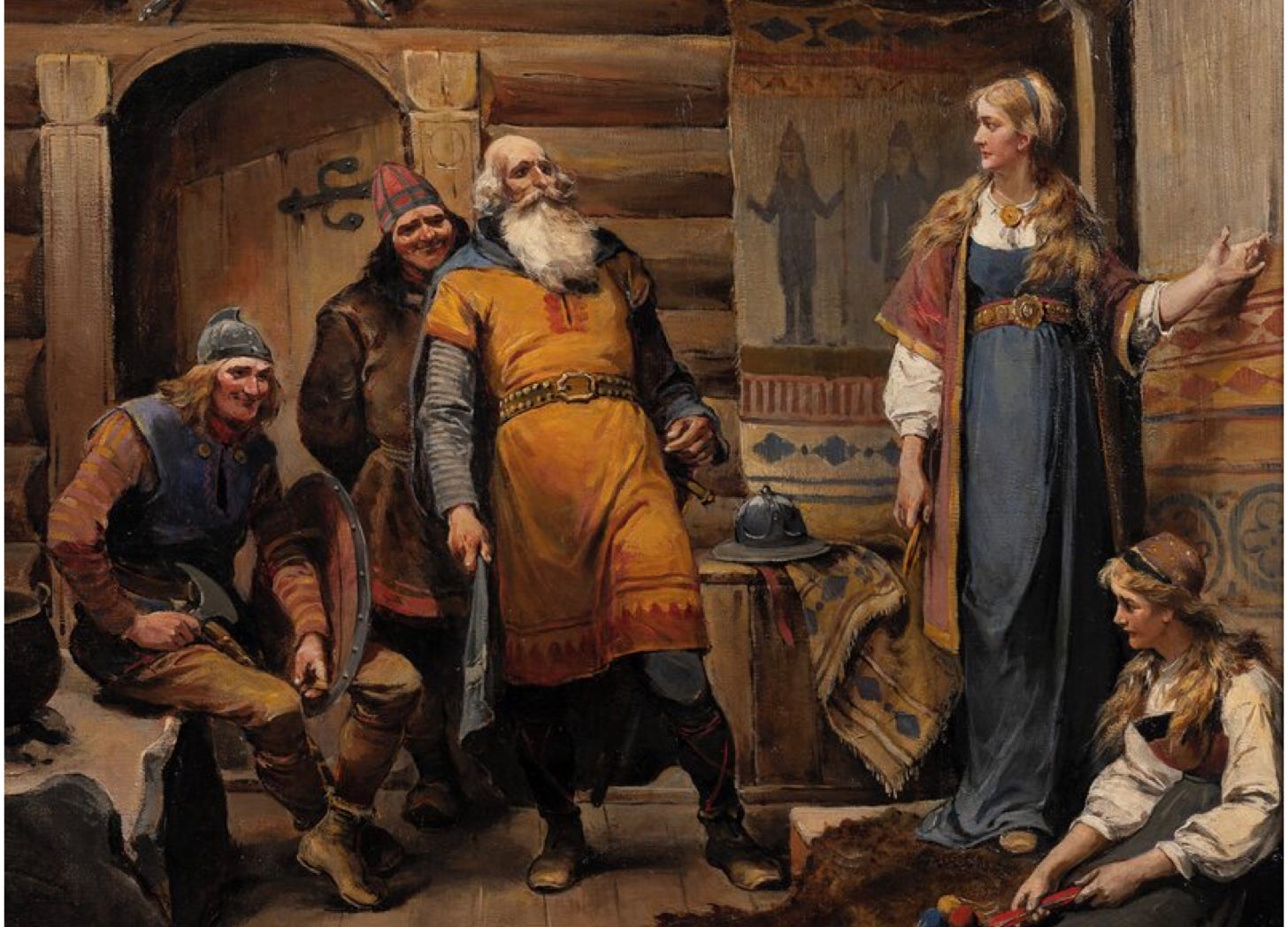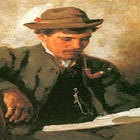During the forty years he spent as president of Harvard College (1869-1909), Charles A. Elliott invented the American research university. He did this, in short, by replacing a fixed curriculum taught by full-time teachers with programs of study composed of elective courses conducted by experts in a growing number of increasingly narrow fields.
In the century that followed the completion of this great work, the specialists became more specialized. Thus, the philologist gave way to the scholar of Scandinavian languages who, in turn, was replaced, by a researcher into Runic inscriptions of the years before reign of Harald Fairhair. (“I’m sorry, you’ll have to ask someone who specializes in the Younger Futhark.”)
For a handful of both students and scholars, this model makes possible tiny pockets of paradise, serendipitous meetings of minds in which the lad or lass of Tolkienesque inclinations gets to discuss the absence of definite articles in Gothic with a professor who wrote his doctoral dissertation on that topic. (“We’re not ‘the Goths,’ you know. ‘Goths’ will do just fine, thank you very much.”)
In most cases, however, scholarly specialization and student fascination pass each other like proverbial ships in the night. Thus, many on both sides of the lectern find themselves caught a vicious, self-reinforcing, cycle of professorial prejudice and undergraduate apathy.
Consider the case of Jackson Crawford. Before he took his talents to YouTube, he taught “Scandinavian Studies” at University of Colorado Boulder; University of California, Berkeley; and University of California, Los Angeles. (Something tells me that Dr. Crawford’s courses had more to do with sagas and eddas than the deep meaning of the jokes about growing up in St. Olaf that Betty White told on The Golden Girls.)
I am sure that some of those attending the aforementioned classes smiled (inside, of course, as Scandinavians do) every time that Dr. Crawford mentioned Snorri Sturluson. Some may even have harbored a heart-felt squee or two. I suspect, however, that most found themselves parsing þat mælti mín móðir for reasons that had nothing to do with undying enthusiasm for the language of the Vikings. (“I needed a humanities credit, and the only alternative in that time slot was “The Construction of Masculinity in Paraguayan Pool Halls.”)
At the same time, nearly all of the people who would have gained much pleasure (and many cool ideas for the Dungeons and Dragons campaign they were designing) from the courses in question found themselves in places far away from Boulder, Berkeley, or the City of Angels. Of these, a few may have taken heroic measures (U-Haul and all) to overcome the obstacles that kept them from enjoying Dr. Crawford’s work. Most, however, shrugged their shoulders, whispered “oof da,” and dutifully enrolled in a class where someone unable to tell a Norwegian from a Swede lectured them on the finer points of “whiteness.”
Today, I am happy to say, this problem has been solved. Having lost his perch in the Ivory Tower, Jackson Crawford took up residence on YouTube. Thus, wherever they are, those who share his love for all things Viking can enjoy, among seven-hundred and seventy-three (!) other videos, a lecture on the unsung similarities between Old Norse and Gothic.
In addition to allowing him to reach a much larger audience, the switch from college instructor to maker of YouTube programs allows Dr. Crawford to indulge in interests that would have put him well beyond the academic pale. Thus, for example, he has been able to dress up like a cowboy and divulge his deep and abiding love of firearms. Better yet, he has been able to team up with hirsute hoplophile Ian McCollum to build (and fire) a replica of a medieval Icelandic thunder-stick that, they would later admit, had never existed.
Best of all, working as a (remarkably productive) creator of YouTube videos has allowed Dr. Crawford to travel to lots of interesting places, meet lots of fascinating people, and split their skulls with his battle axe. All kidding aside, it is easy to imagine that, had he remained in academia, the maker of educational programs enjoyed by millions of viewers around the world would have been living the miserable life of a peripatetic adjunct professor, driving for DoorDash to make ends meet, and hawking copies of the The Wanderer’s Hávamál at Renaissance faires.
To Share, Subscribe, or Support:





